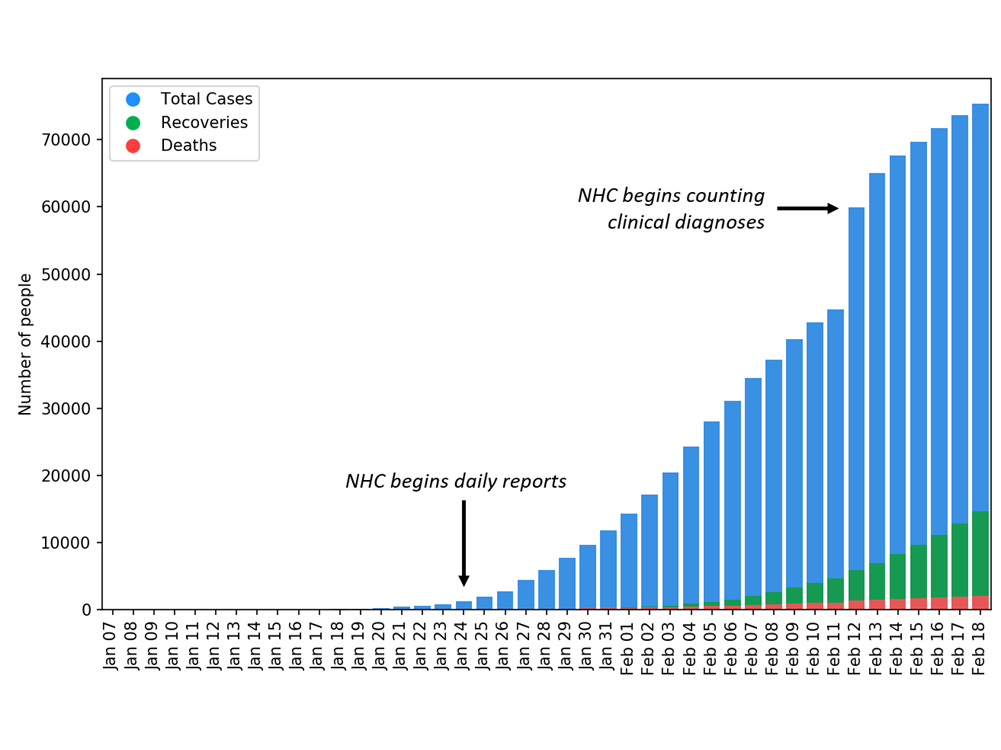I work as an Offensive Security Engineer on the AI Red Team at Microsoft, where I test AI models and products for security vulnerabilities and harmful content. In the spring of 2022, I completed a master's in data science and was advised by Pavlos Protopapas. My thesis focused on incorporating physics-based constraints into neural networks. In general, I'm interested in robustness, interpretability, and aligning machine learning systems with the real world.
In my free time, I enjoy running, rowing, and generally being outside. I love learning and sometimes work on a page of math notes to explain important topics in my own words. You can find my CV here and should feel free to reach out!
Transfer Learning with Physics-Informed Neural Networks for Efficient Simulation of Branched Flows
Raphael Pellegrin, Blake Bullwinkel, Marios Mattheakis, Pavlos Protopapas
NeurIPS Workshop on Machine Learning and the Physical Sciences, 2022
arXiv
Poster
DEQGAN: Learning the Loss Function for PINNs with Generative Adversarial Networks
Blake Bullwinkel, Dylan Randle, Pavlos Protopapas, David Sondak
ICML Workshop on AI for Science (AI4Science), 2022
arXiv
Poster
Evaluating the Fairness Impact of Differentially Private Synthetic Data
Blake Bullwinkel, Kristen Grabarz, Lily Ke, Scarlett Gong, Chris Tanner, Joshua Allen
ICML Workshop on Theory and Practice of Differential Privacy (TPDP), 2022
arXiv
Poster
Marble Groceries
Led a team of engineers to develop an iOS app that helps users understand the environmental impact of their grocery purchases by scanning product barcodes.
App Store

Linearized Neural Nets for Transfer Learning with GPs
Implemented the method for transfer learning proposed in Fast Adaptation with Linearized Neural Networks, a 2021 paper by Maddox et al., in TensorFlow and performed experiments to test its practical utility.
Notebook
Code
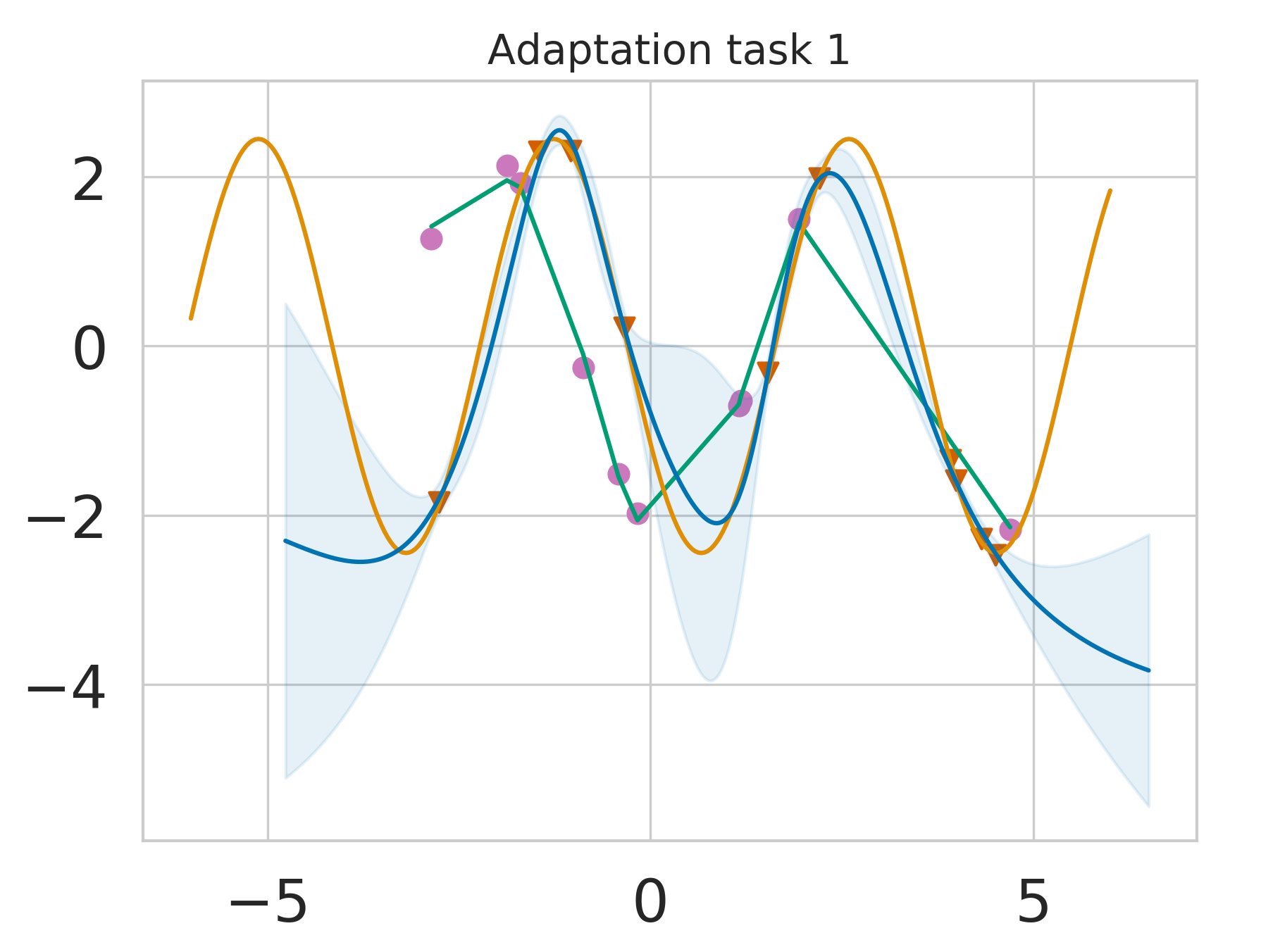
Classifying the Sounds of NYC
Trained and tuned a variety of models to classify audio clips recorded around New York City from the UrbanSound8k dataset into ten different classes.
Report
Notebook
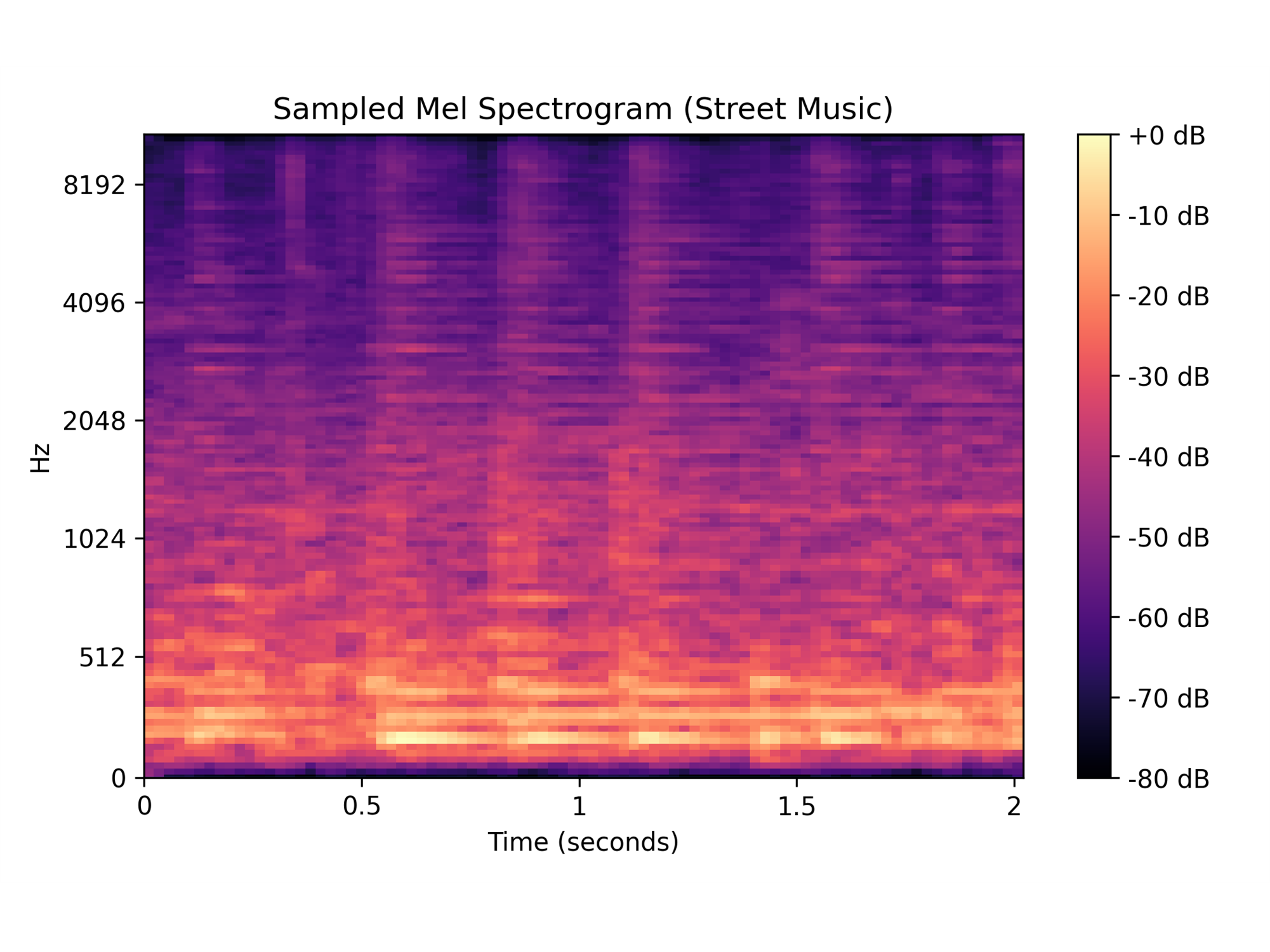
Modeling ASA Section Membership
Constructed binary response generalized linear models to predict whether or not members of the American Statistical Association belonged to at least one section.
Report
Code
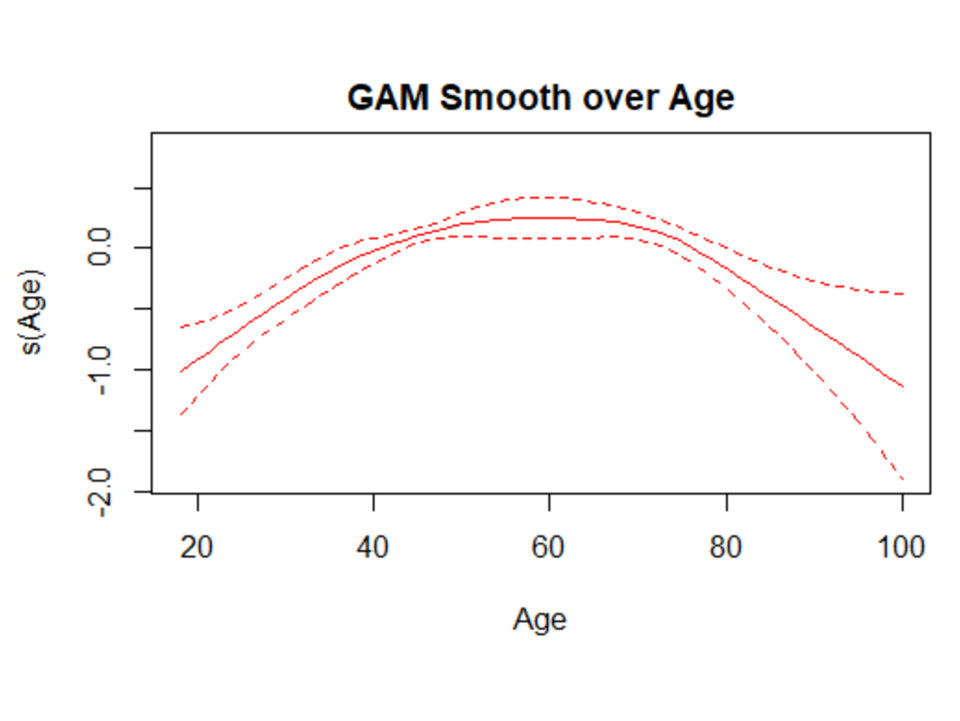
Forecasting and Classifying Mice Microbiomes
Used deep learning to forecast qPCR time series and classify mouse microbiomes into healthy and infected groups based on data provided by researchers at Brigham and Women's Hospital.
Notebook
Woof Woof! Computer Vision & NLP App for Austin Pets Alive
Attended workshops at the 2021 IACS ComputeFest to build a web app that allows users to "chat" with and search for visually similar dogs in the Austin Pets Alive animal shelter by leveraging backend NLP and computer vision models.
Code
Wildfire Risk Prediction & Response Optimization
Trained tree-based classification models on historical wildfire and weather data to predict the fire risk for a given county and month in California and used mixed-integer programming to determine the optimal assignment of limited firefighters across the state, based on total cost.
Report
Code
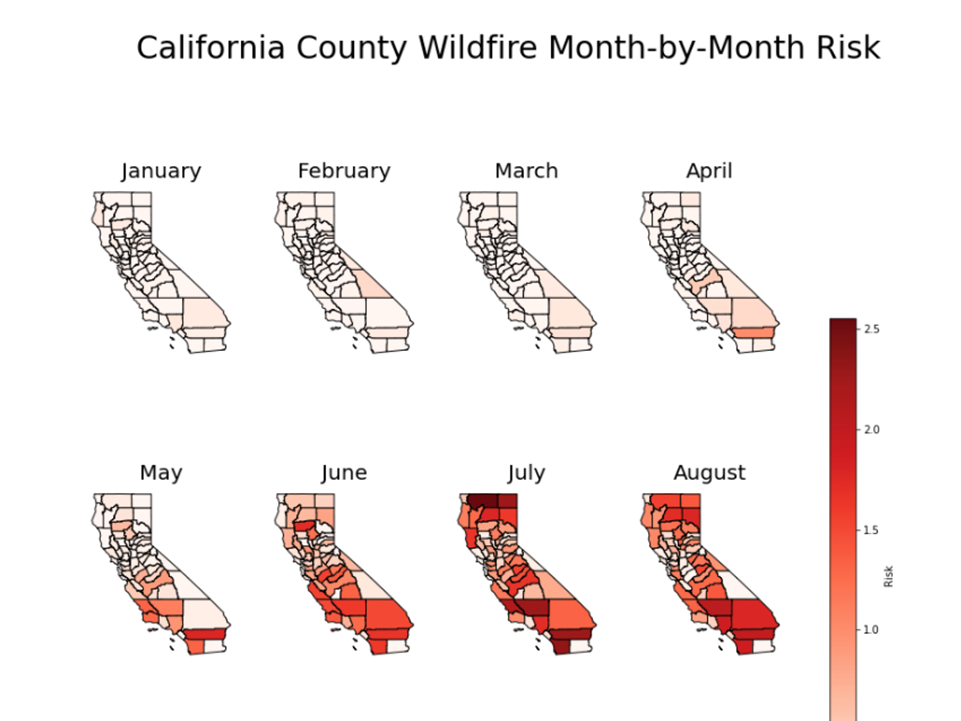
Predicting the Outcome of the 2020 Election
Built k-NN and regularized logistic regression models to predict the outcomes of the 2020 presidential and congressional elections using historical, polling, and fundamentals data.
Report
Code

DreamDiff Python Package
Worked in a team of three to develop a Python package that implements forward-mode automatic differentiation (AD), root-finding, optimization, and quadratic spline interpolation.
Repo
PyPI

Analysis of Wildfires, Air Quality, and Public Health
Conducted time series analysis in R to link spikes in PM2.5 concentration to specific wildfire events in California and used major axis regression to explore correlations between air quality and public health outcomes.
Slides
Code

Predicting Agricultural Crop Quality
Built a variety of regression models to predict the quality of crops based on agricultural and weather data.
Slides
Code
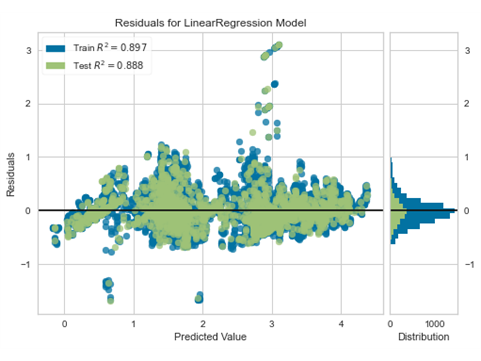
Modeling Electricity Consumption in the US
Built linear regression models to predict household electricity consumption in the US from various residential characteristics.
Report
Code
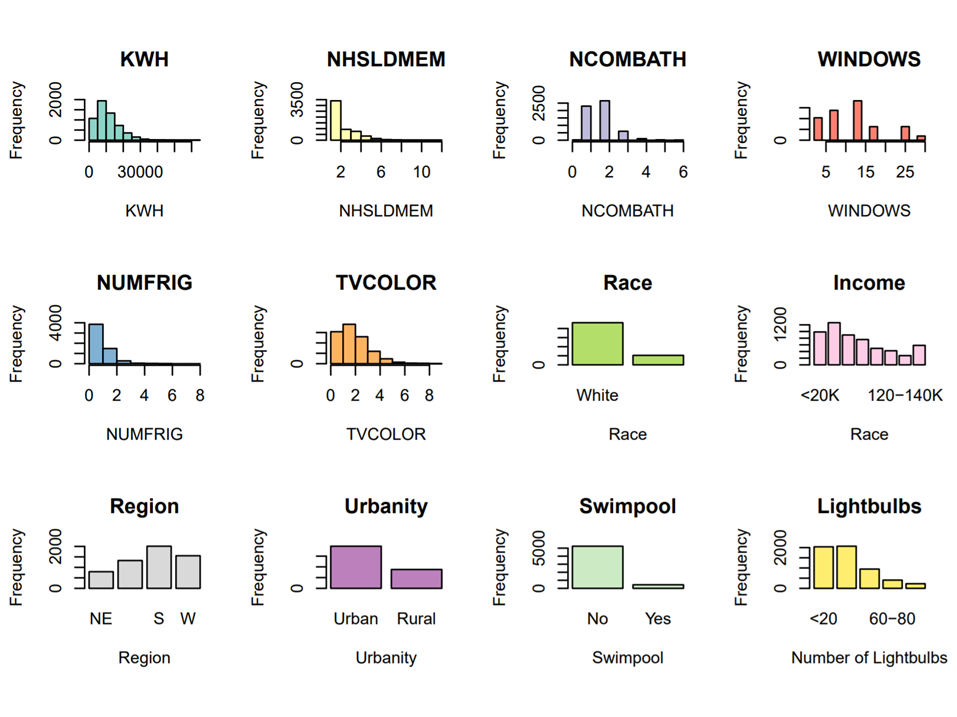
Early Epidemiological Model Parameters for COVID-19
Modeled early-stage COVID-19 case data in mainland China using systems of ordinary differential equations.
Slides
Code
